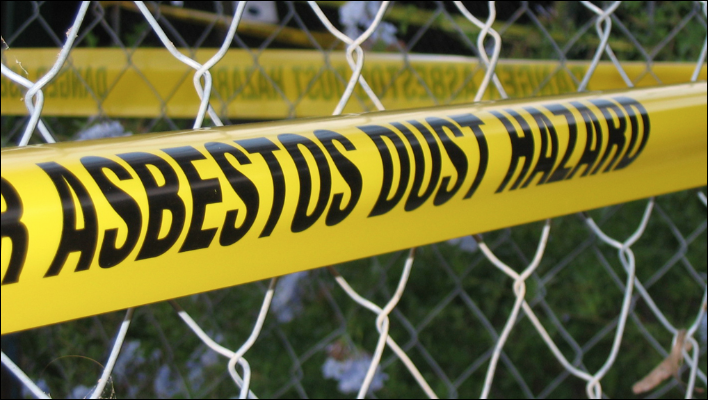
HAZARDOUS MATERIALS are found in a range of locations, forms and types of building structures; plus they are not just limited to Commercial projects. Unfortunately, they are widely spread through residential and public properties as well.
The identification process is the first step for anyone wishing to undertake alterations, demolition or disturbance of materials — which could be potentially harmful to workers, or the general public. And then, you need to quantify the cost of rectification; and what effect that will have upon your intended project.
3 Key Questions to ask …
- Have you completed a thorough due diligence, prior to the purchase contract going unconditional?
- Does your project feasibility allow for the treatment Hazardous Materials?
- If not, could your entire contingency allowance the used up during demolition?
As you would appreciate … the identification, handling, disposal and clearance of workplaces invoke appropriate BCA, OH&S and environmental considerations.
Therefore, any works required as a result of testing these materials could dramatically affect the overall feasibility of your project.
Commonly-found Hazardous Materials
- Asbestos-based products including (but not limited to) sealants, linings, spray, glue, insulation, paneling, etc. The three main types of Asbestos include Chrysotile (white asbestos), Crocidolite (blue asbestos), Amosite (often called brown asbestos).
- PCBs (Polychlorinated Biphenyls) found in light fittings.
- SMFs (Synthetic mineral Fibres) found in insulation, ceiling tiles and bonded materials.
- Lead (found mainly in paints)
Before you begin any demolition works on an existing building, it is important to have a trained professional undertake basic Part 5 audit and Division 6 testing/report — to establish what areas, or materials used, may contain a hazardous substance.
- Part 5 Audit is more of a visual audit inspecting materials for age, type and application. This is not an intrusive process, purely visual to identify and record what potential areas may need to be tested.
- Division 6 Report is the sampling and identification through testing of different types of material. This process involves taking a small shard, shaving or other type of sample of different materials that need to be tested for specific toxic properties.
Bottom Line: Hazardous materials are generally harmful when ingested through breathing; ingested through the mouth or eyes; and absorbed through cuts or abrasions on the skin.
Moreover, these materials become harmful when disturbed by being heated up, ground down from machinery or tools. And are then inhaled or ingested, ultimately leading to illness or death.
If you are considering a refurbishment or demolition project, you need to limit your exposure to hazardous materials by undertaking a thorough due diligence … to help identify the presence of any potentially toxic materials.













Speak Your Mind